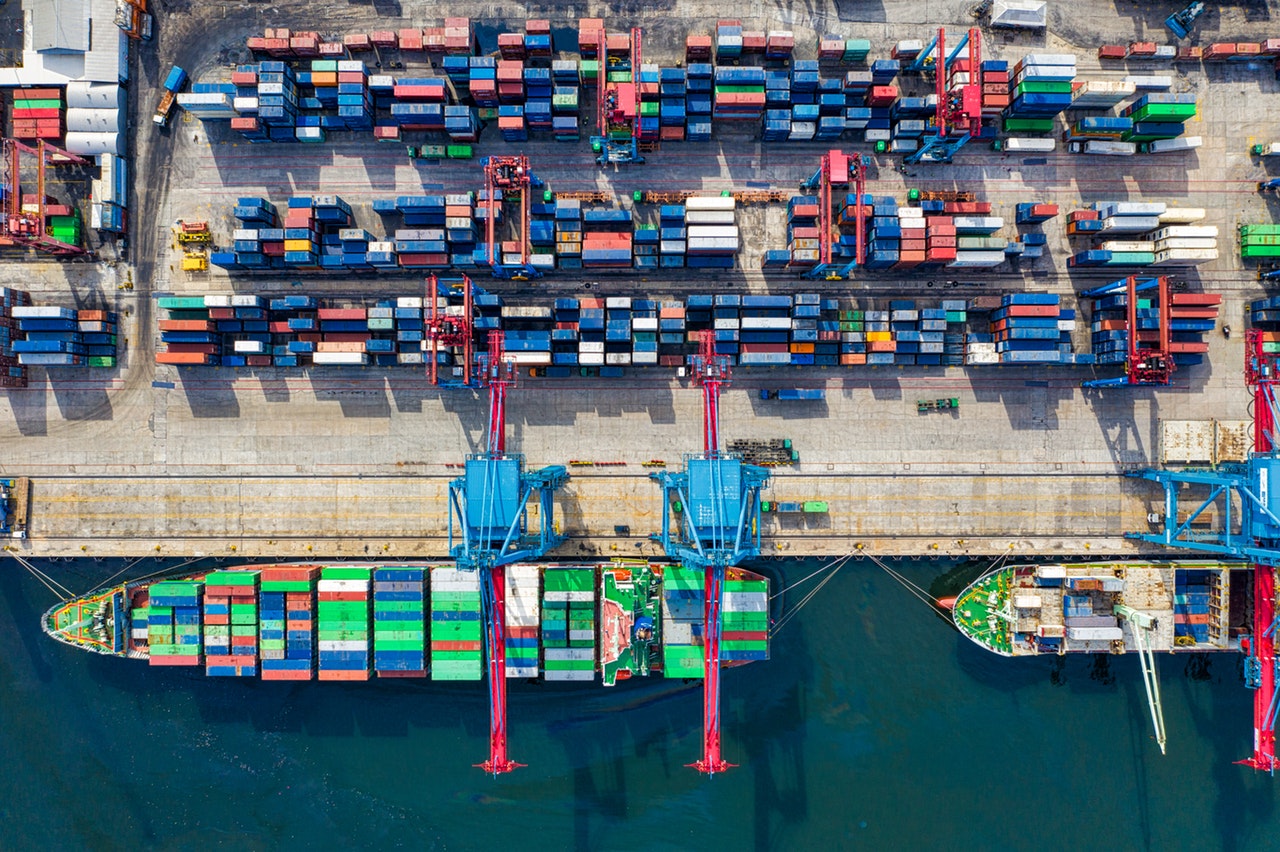
In the digital age, business has gone truly global. Today, business is conducted freely across international borders, and whether you’re in the B2B or B2C game, you’ll likely need to get your products to an overseas buyer at some stage during the development of your business.
However, whether you think of worldwide shipping is an occasional necessity or embrace it as part of your business growth strategy, is a much larger question. Opening your business to international markets offers enormous potential to super-charge your revenue, but if you don’t put a well-thought-out international shipping policy in place, shipping goods overseas could cost you more than it’s worth.
Here are some key worldwide shipping pros and cons you should consider.
The Pros
Supercharge your business growth
Opening your business to international markets will connect you with a tidal wave of new customers. Online marketplaces such as Ebay, Shopify and Alibaba are making it easier than ever for even the smallest e-commerce businesses to sell their wares overseas, and most consumers these days routinely purchase goods from international sellers. And remember — success overseas often translates to more success at home as your brand grows in profile.
Find a new competitive edge
Things that are taken for granted at home can often become a big hit with overseas customers. Trading on Australian-made status or offering products made with Australian ingredients will often be seen as exotic and desirable overseas. You may also find you’re up against fewer competitors in international markets that are yet to be explored by your domestic rivals.
Protect your cash flow
If you are in a seasonal industry, looking at relevant international markets is a must. Selling ski gear in Australia may be lucrative for three or four months of the year, for example, but when the snow melts business becomes pretty grim. That’s when it’s time to shift focus overseas to tap the northern hemisphere winter markets while shoppers swelter down-under. This is also particularly pertinent for anyone in the fashion business.
The Cons
Some investment is required
If you want lasting success in new international markets, it’s a good idea to invest in some marketing to introduce yourself to new customers. And rather than taking a scattergun approach, it can pay to do your research and find the particular overseas markets that are the best fit for your business. Depending on the type of business you’re in, this might involve some overseas travel to set up distribution networks and meet potential partner organisations that may be able to help you establish a footing.
What about product returns?
Even the best business has to deal with product returns from time to time, so you’ll need to set a good international returns policy that will ensure product returns from overseas don’t eat your profit margin. Be very clear about what constitutes an acceptable return, how long purchased items are eligible for a return and who pays for the return shipment. And be sure your customers are aware of your returns policy — provide a clear link to your returns policy during the checkout process.
Extra admin load
Some governments can make international shipping something of a pain. Most require some form of customs or import documentation, and you may need to pay duty rates. This is why many businesses choose to work with an overseas distribution or fulfillment centre. That way you can send bulk shipments rather than shipping products to individual customers.
If you’re willing to invest a little time and money, choosing to embrace worldwide shipping can pay huge dividends as you multiply your customer base in new overseas markets.